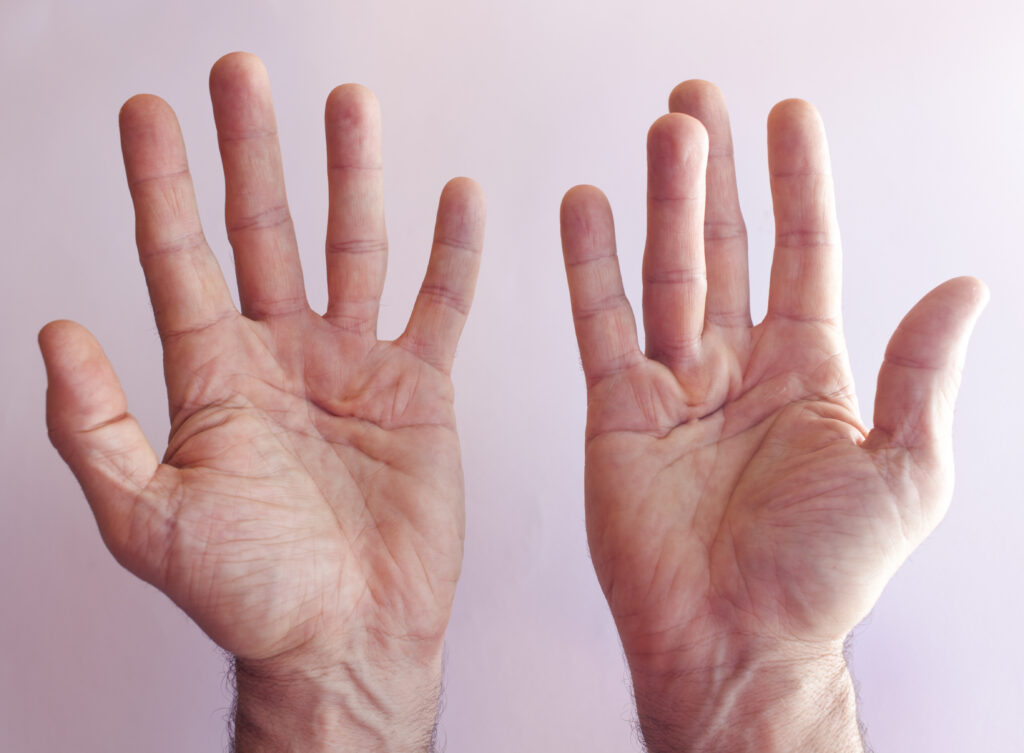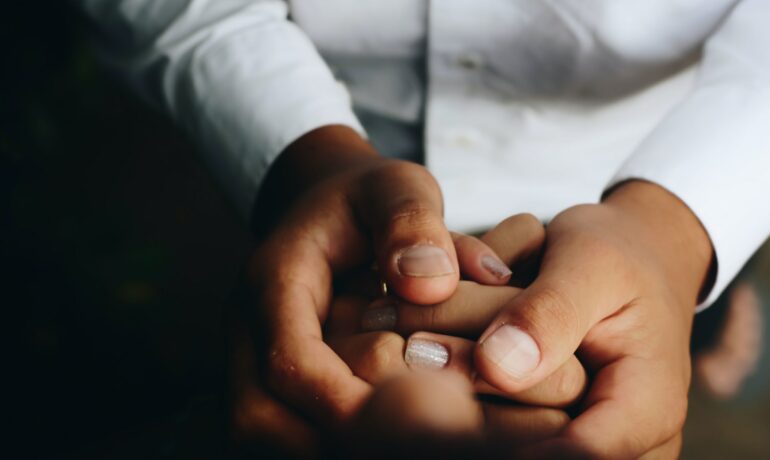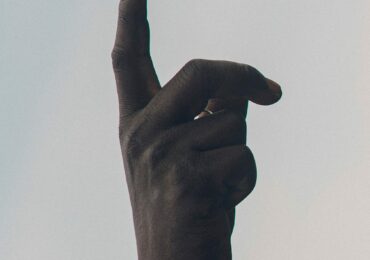Dupuytren’s contracture exercises after surgery can help to maximise your recovery. It’s common to move onto hand therapy following the procedure to help you regain strength and feel back to normal more efficiently.
How Long is Recovery After Dupuytren’s Surgery?
Dupuytren’s contracture occurs when 1 or more of your fingers bend towards the palm. While there is no cure, you can straighten the fingers in severe cases with surgery. The condition usually develops over years and is a result of thickening and scarring of the connective tissue under the skin in the palm.
Following Dupuytren’s surgery, you will be wearing a bulky bandage. It’s normal to experience some pain and discomfort in the first week. Most people take over-the-counter painkillers as advised by their doctor to manage the pain.
Recovery can range from 4-12 weeks. The recovery time can vary depending on how severe the condition is and how fast a person heals. In general, it’s normal for recovery to take about 6 weeks for your hand to heal. But your rehabilitation can continue past this as part of your recovery is strengthening the hand.

Recovery: Dupuytren’s Contracture Exercises After Surgery
Following Dupuytren’s contracture surgery, your doctor may refer you to a hand therapist or give you exercises to perform throughout your recovery. You may need to follow exercises for up to 6 months, depending on how you’re healing and the strength in your hand.
Dupuytren’s contracture exercises after surgery can feel uncomfortable, but they shouldn’t be very painful. It’s always better to start slowly and work your way up rather than force movements that are painful.
Here are some examples of exercises you could be asked to perform after surgery:
- Tendon glides – start with the hand open and fingers straight, then make a fist by bending each joint, then open the fist back again.
- Cat’s paw – open the hand wide, bend your fingertips, then hold for six seconds.
- Finger flexibility training – roll a small ball between your fingers.
- Strengthening – squeeze a sponge ball to strengthen the hand.
These are just examples of Dupuytren’s contracture exercises following surgery. In many cases, there will be progression exercises, so depending on where you are in your recovery, you will be asked to follow exercises suitable for your level.
The exercises typically start after the incisions have healed, which is around 2 weeks. Your doctor or hand therapist will guide you on the exact timeline. It’s important to follow instructions so that you don’t overdo it too early in recovery and delay healing.
Hand Therapy and Rehabilitation After Dupuytren’s Contracture Surgery
If you’re experiencing Dupuytren’s contracture symptoms or wondering how hand therapy could help with your recovery, book a consultation today at The Harley Clinic.
We offer a range of hand and upper limb treatments, including cubital tunnel release surgery and trigger finger release surgery.
If you’re interested in reading more about plastic surgery, check out our ultimate guide on Plastic Surgery Statistics.













